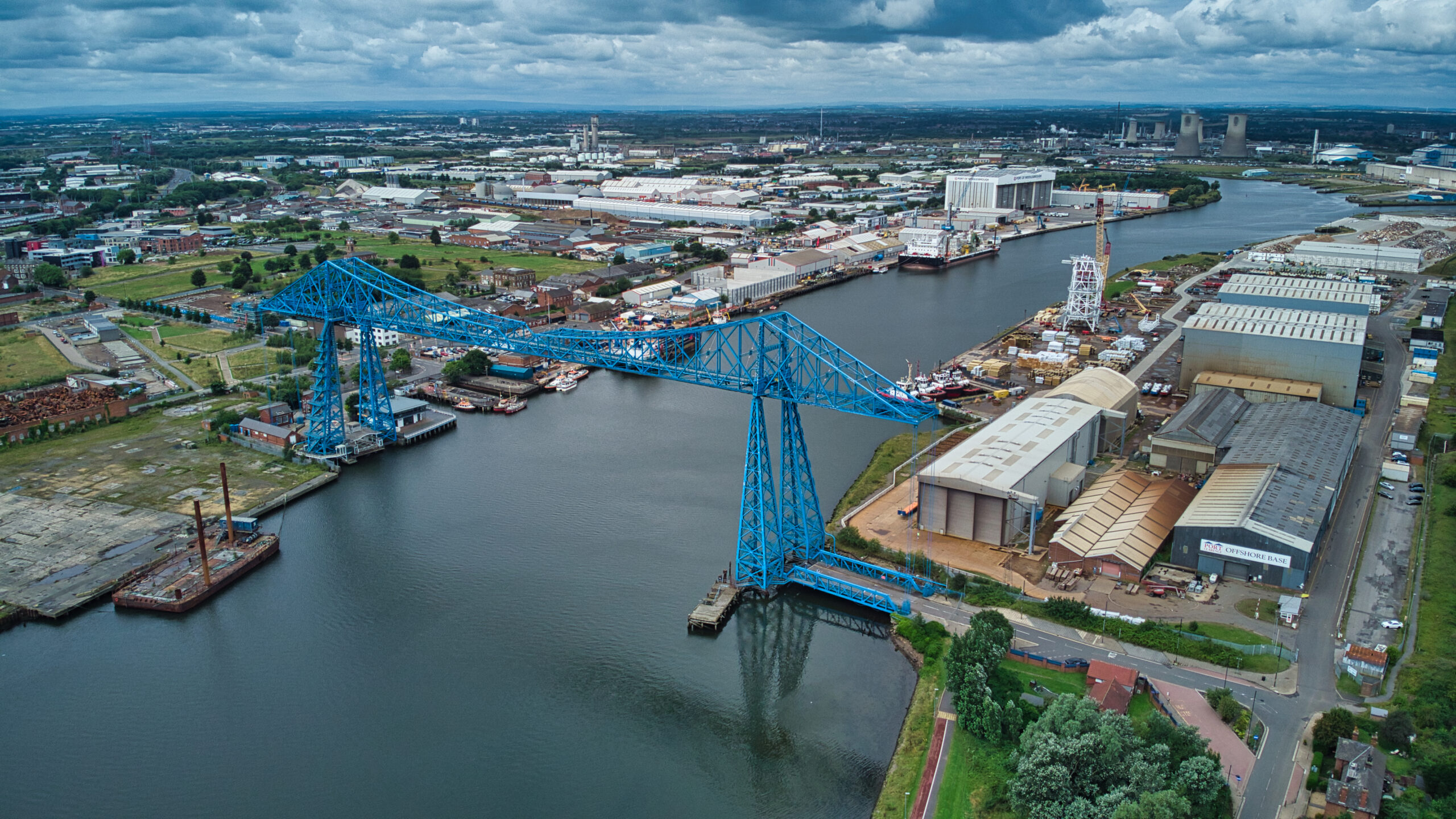If you only read the mainstream headlines and listened to the soundbites of politicians the world over, you’d think critical minerals such as lithium and rare earths were at record prices.
The last month alone have seen US President Donald Trump and Ukraine counterpart Volodymyr Zelenskyy agree, then argue and then seemingly agree to a deal over critical minerals in exchange (perhaps) for ongoing security support. Trump then announced he would sign an executive order which would see the Pentagon work with other federal agencies to install critical minerals processing facilities on military bases. That statement followed his address to the US Congress when he said he would “take historic action to dramatically expand production of critical minerals and rare earths here in the US”.
The period has seen Russian President Vladimir Putin offer to work with US government and companies over the supply of rare earths and aluminium.
We have even had Australian Minister for Foreign Affairs Penny Wong tell the ABC that the Federal Government was “listening to those signals” expressed by Trump on the importance of securing domestic supply of critical minerals and thinking about any deal Australia could do around critical minerals.
“I’m not going to go through on national media the step-by-steps of negotiations, but you would anticipate that, of course, we looked at all those things that the Trump administration had indicated were of value,” Wong said.
The period has also seen tariffs and countermeasures imposed on steel and aluminium with copper next to have taxes imposed. It has seen the Philippines announce a plan to ban the export of unprocessed nickel ore and Indonesia float the idea of increased taxes for nickel products and China continue to place quotas and restrictions on its export of various critical minerals in the face of Trump’s policies.
All of this would usually be good news for miners eager to tap into the increasing importance of these commodities. The problem is capital markets just aren’t buying all the discussion.
Although gold continued its inexorable rise and copper touched $US10,000/t on Comex thanks to the expected tariff, other commodity prices – particularly those for the critical minerals – continued to drift.
Ask any lithium, nickel or rare earths company how the public debate over critical minerals is translating to price movement and investor interest, and the answer will be a resounding one… “It isn’t”.
I suspect the reason is the market understands, as many of the miners themselves do, that the politicians in question have little idea what they are talking about.
Ukraine claims it has deposits of 22 of the 34 minerals identified by the European Union (EU) as critical, including industrial and construction materials, ferroalloy, and precious and non-ferrous metals. However, there is little evidence it has defined reserves of any of these minerals, never mind existing operations producing them.
The same can be said for the US, Russia and even Australia.
Rare earth elements are not so named because they are not plentiful, indeed the evidence of myriad discoveries over the last decade is proof that they are abundant in the Earth’s crust. What is rare, however, is the ability to define, extract and refine them economically into saleable products. Only Lynas Rare Earths Ltd has achieved this to any discernible success in the Western world.
The same can be applied to lithium and a host of other commodities political leaders have been discussing with misplaced authority.
All the talk of “critical mineral deals” is little more than posturing, these leaders have no understanding of the sector and how it works.
Even if the US and Ukraine strike a pact over critical minerals, there is little prospect of any actual mine being developed. Discovery, definition and development will take decades and there is no evidence to date of Western governments being able to run such operations successfully.
The bluster to date has done nothing and while Trump, Zelenskyy, Putin and others talk about “critical minerals” as some masterful poker chip to play, the Chinese sector – which has spent a long time and a lot of money defining and refining its position here – continues to pull away from the rest of the world in terms of technological sophistication, market share and dominance of the supply chain.
If the West ever hopes to break that dominance it is going to take some form of government initiative, but vague proclamations as delivered by Trump and others are going to have no effect.
It will take concerted, coordinated effort, bringing together the skills and resources (critical, human and otherwise) of different countries to solve the problem.
Unfortunately, the current climate means the chances of that happening are next to zero.

